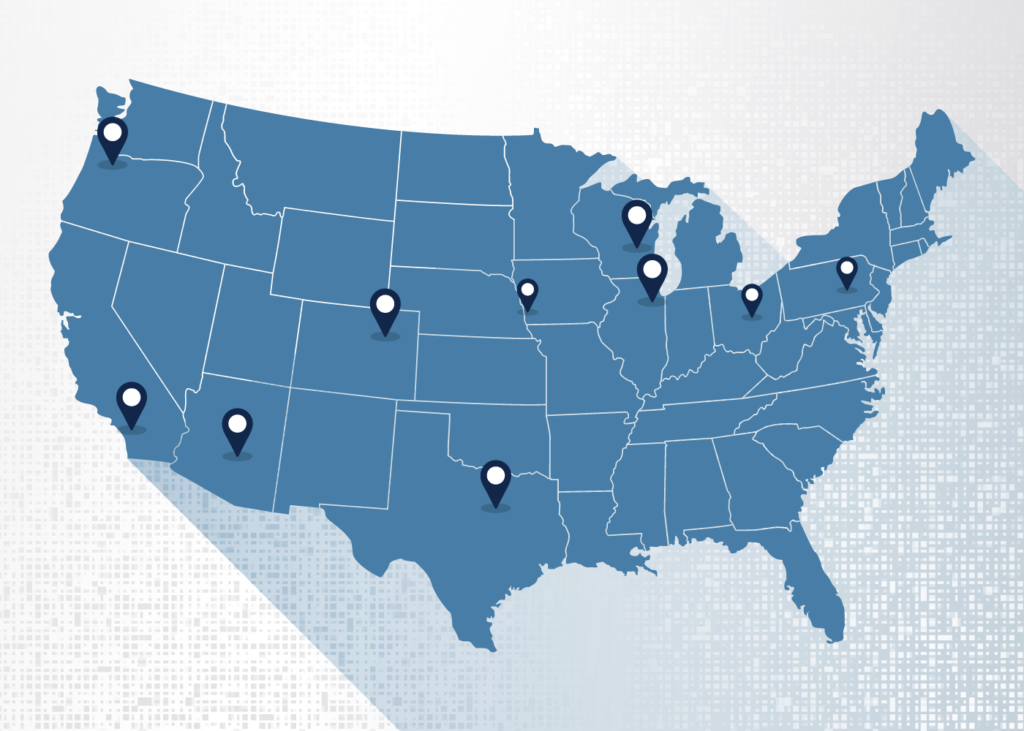End-to-End Omnichannel Fulfillment Solutions For High-Growth Brands
WSI brings specialized 3PL fulfillment services across ecommerce, retail, and B2B distribution channels. Our experienced team and 13 million sq. ft. of warehouse space unlock automated omnichannel fulfillment improving your supply chain. The results? Your product is picked, packed, and shipped quickly and accurately—every time.

Trusted by

Fulfillment features
Ecommerce integrations
WSI offers order fulfillment that integrates with all major eCommerce platforms from Shopify to WooCommerce. We also leverage WMS, OMS, and TMS software from award-winning providers.
Operations & supply chain consulting
Let our experts analyze your operations and optimize everything from equipment to storage & facility layout for ultimate efficiency.
Branded packaging
Consumers expect delivery that goes above and beyond. Give your customers a memorable unboxing experience with value-added services like branded packaging, marketing inserts, and more.
Simple returns
Enjoy hassle-free returns, customized to your policies and requirements.
Optimized small parcel
We leverage our relationships with major carriers to ensure you get the best rates, and your customer gets the fastest shipping: win-win!
Contract labor management
We staff your warehouse and handle everything from training to scheduling to payroll.
True omnichannel fulfillment
Whether you’re shipping D2C or B2B, WSI is powered by decades of retail expertise and seamless technology to ensure your orders get picked, packed, and shipped to the right place at the right time—every time.


Network of carriers
We leverage our relationships with major carriers to ensure you get the best rates, and your customer gets the fastest shipping: win-win!
Customer success
WSI’s customer-centric approach ensures you always have dedicated account management. Our experience customer support team pairs industry knowledge and insights so our customers can deliver a seamless customer experience.

Seamless ecommerce integrations

Omnichannel fulfillment services
Value added services
What our clients have to say
Leverage WSI’s
fulfillment network
Ship orders in 1 – 2 days via ground shipping
Reach consumers and retailers in 1-2 days, nationwide when you leverage one or more of WSI’s fulfillment centers.


Why WSI?
Highly reliable third party logistics
Whether you’re trying to reduce warehousing costs, improve delivery times, or minimize damage claims, WSI is your one-stop resource for comprehensive fulfillment and logistics services. Our fully integrated 3PL services enable streamlined processes that get your products to customers safely and accurately, every time.

















